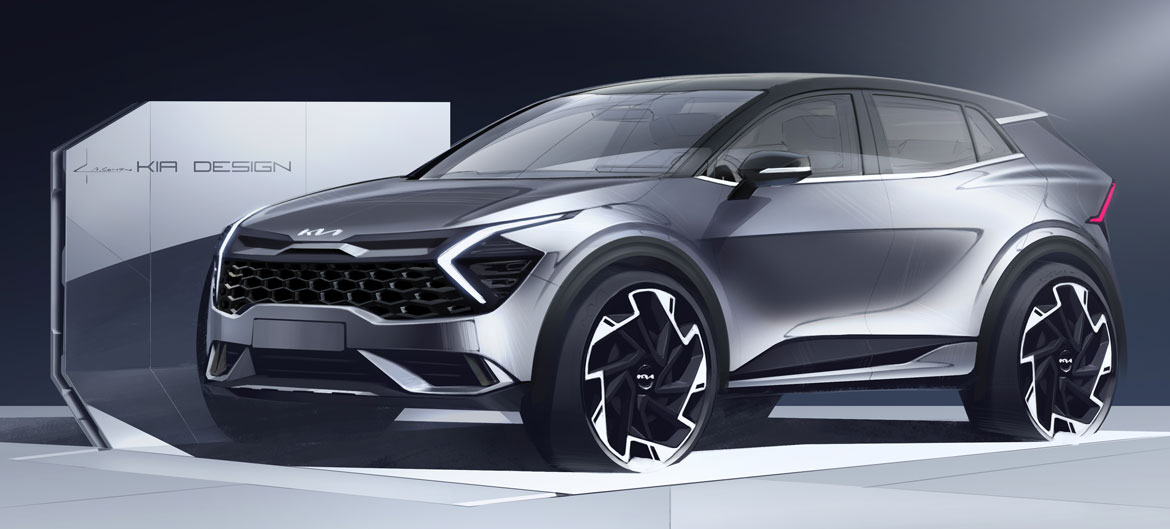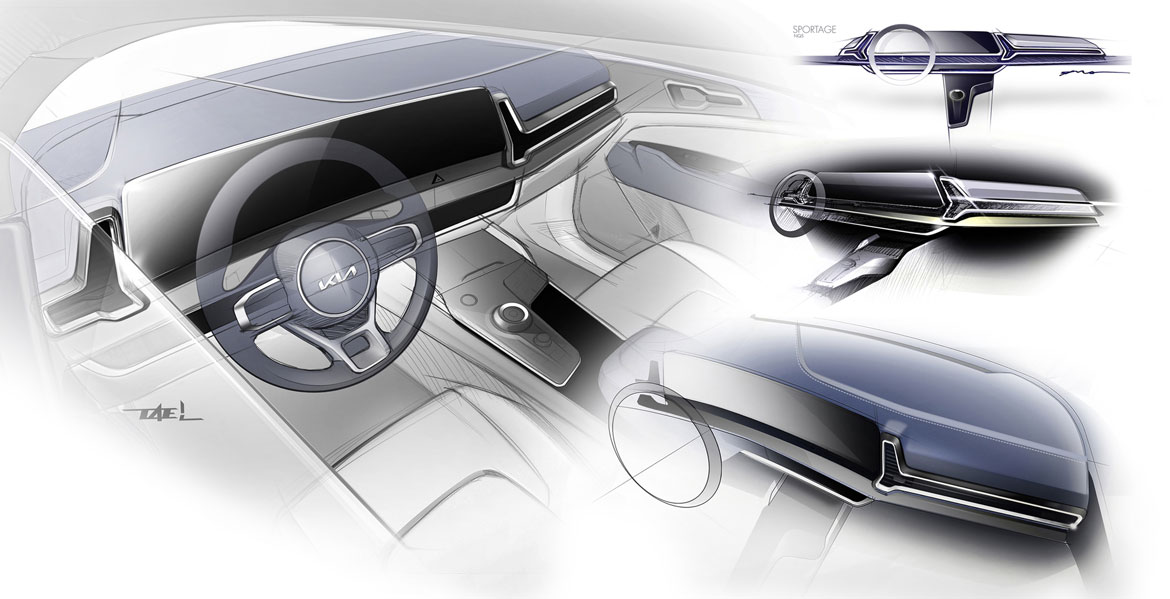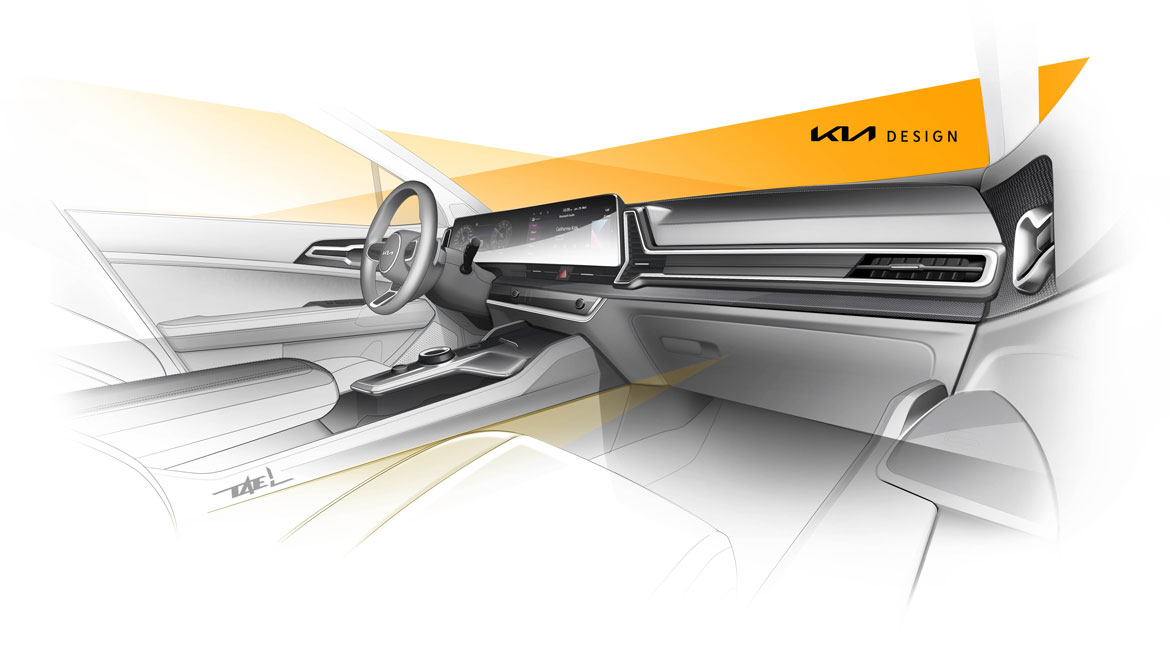Surprise with eye-catching solutions while still making one of Kia’s most successful models immediately recognisable. The design of the new Sportage demanded a special effort and the Korean company's design teams responded with a design culture that has matured over the years and grown in step with the brand's reputation and the universally recognised quality of its products. To grasp how successful this evolution has been and the key role played by the Sportage in the Korean maker’s range, we retrace its history with Gregory Guillaume, Head of Design at Kia Europe.
The previous generations
His analysis kicks off with the model’s third generation, leaving aside the first two to focus on what he calls "the first Sportage of the modern era, the one launched in 2010, just after Peter Schreyer's arrival at the helm of Kia design”. A real milestone, Guillaume continues: "It marked a change not only for us, but for the entire industry, it was the first time that an SUV in that segment had been so sexy and dynamic". That third generation was designed by the Kia design centres in California and Korea.
The role of Europe
The next one, unveiled in 2015, took shape in Europe: “It was a real challenge to design because it came on the back of a real best seller. It's like when a band makes a first album that goes platinum; making the next one is very stressful in terms of expectations. However, the fourth generation has outstripped the success of the previous one, of which we wanted to keep a number of elements to make the model recognisable, especially in the profile view".
A new personality
But times change and a straightforward evolutionary approach was no longer enough. "Right from the outset of what we might call our third album, we decided to go one step further, breaking away from the existing generation. We wanted to pass on only the vehicle’s overall character, so once again we have an extremely sporty, dynamic vehicle, with a strong personality. But you won't find any prior design elements. It's a completely different animal”, Guillaume observes.
The Tiger Nose expansion
The end result is an expression of Kia's "Opposites United" design philosophy, played out on contrasts and tensions to create striking, pleasantly surprising formal compositions. These characteristics stand out in the impactful front end which is no longer conceived in terms of individual components but as an original set of elements. The dominant role is played by the large black grille with its strong, bold pattern, with flanking boomerang DRLs housing the headlights, while the brand's signature Tiger Nose ceases to be a frame around the grille and moves upwards to become a floating signature below the bonnet.
A living space
Designed in Korea by the team of Jochen Paesen, Head of the Kia Interior Design Group, the interior is a cutting edge, hi-tech environment with a broad, slim dash dominated by a sweeping curved screen flanked by air vents. The materials – that differ depending on the market area – played a key role in the car's character, explains Nathalie Bucher, Kia Europe's CMF (Colour, Materials and Finishes) designer: "We wanted to keep the Sportage's bold sportiness but the interior design also looks to provide living space, so it was very important to create a balance, with a mix of materials that express both boldness and softness.
(Full article in A&D n. 253)
















